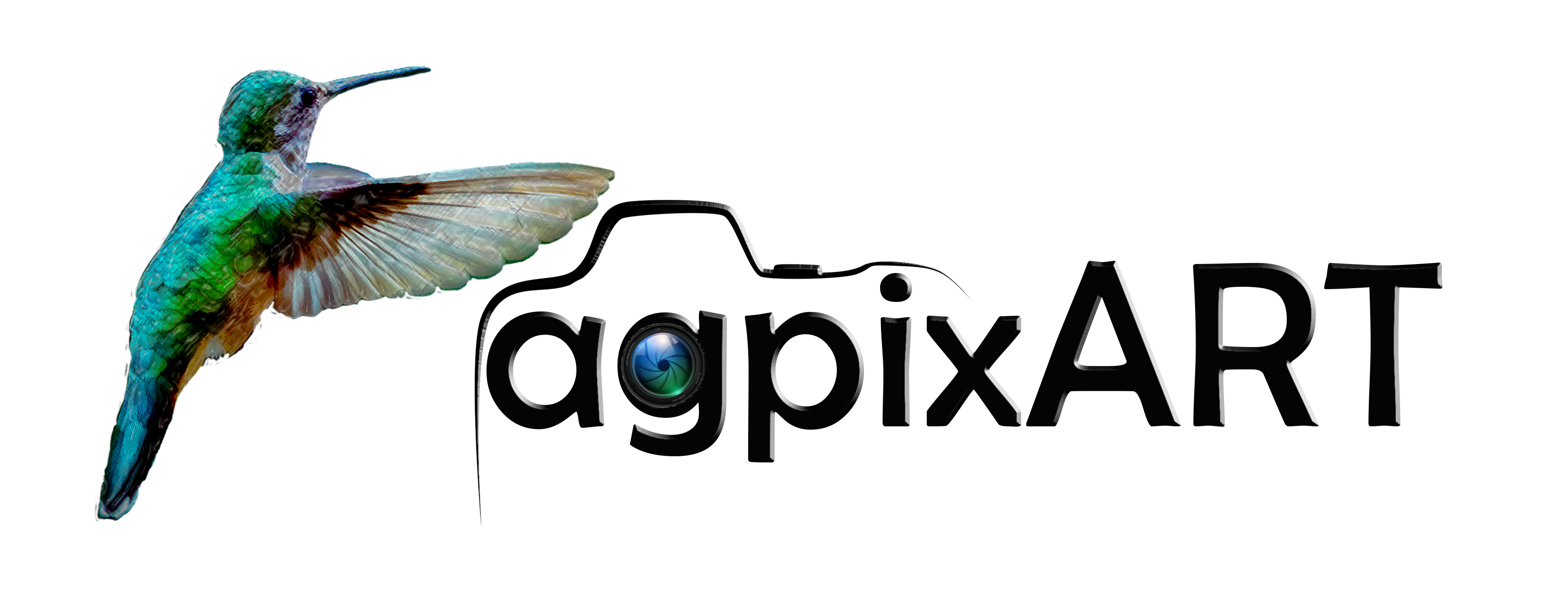Urbina Bay, Isabela
Urbina Bay is located on the west coast of Isabela Island at the base of Alcedo Volcano in the Galápagos Archipelago.
Explore Urbina Bay, Isabela Island
Uplifted Bay
Urbina Bay, located on the west coast of Isabela Island at the base of Alcedo Volcano in the Galápagos Archipelago, is a fascinating visitor site known for its unique geological history and rich wildlife. In 1954, a dramatic tectonic uplift raised the seabed by up to 5 meters (16 feet), extending the coastline by about half a mile and leaving marine life, like coral reefs and invertebrates, stranded above sea level. This event created a striking landscape featuring coral heads, rounded stones, seashells, and pumice, with some areas showing rhyolite, an acidic volcanic rock where vegetation struggles to grow.
Good To Know…
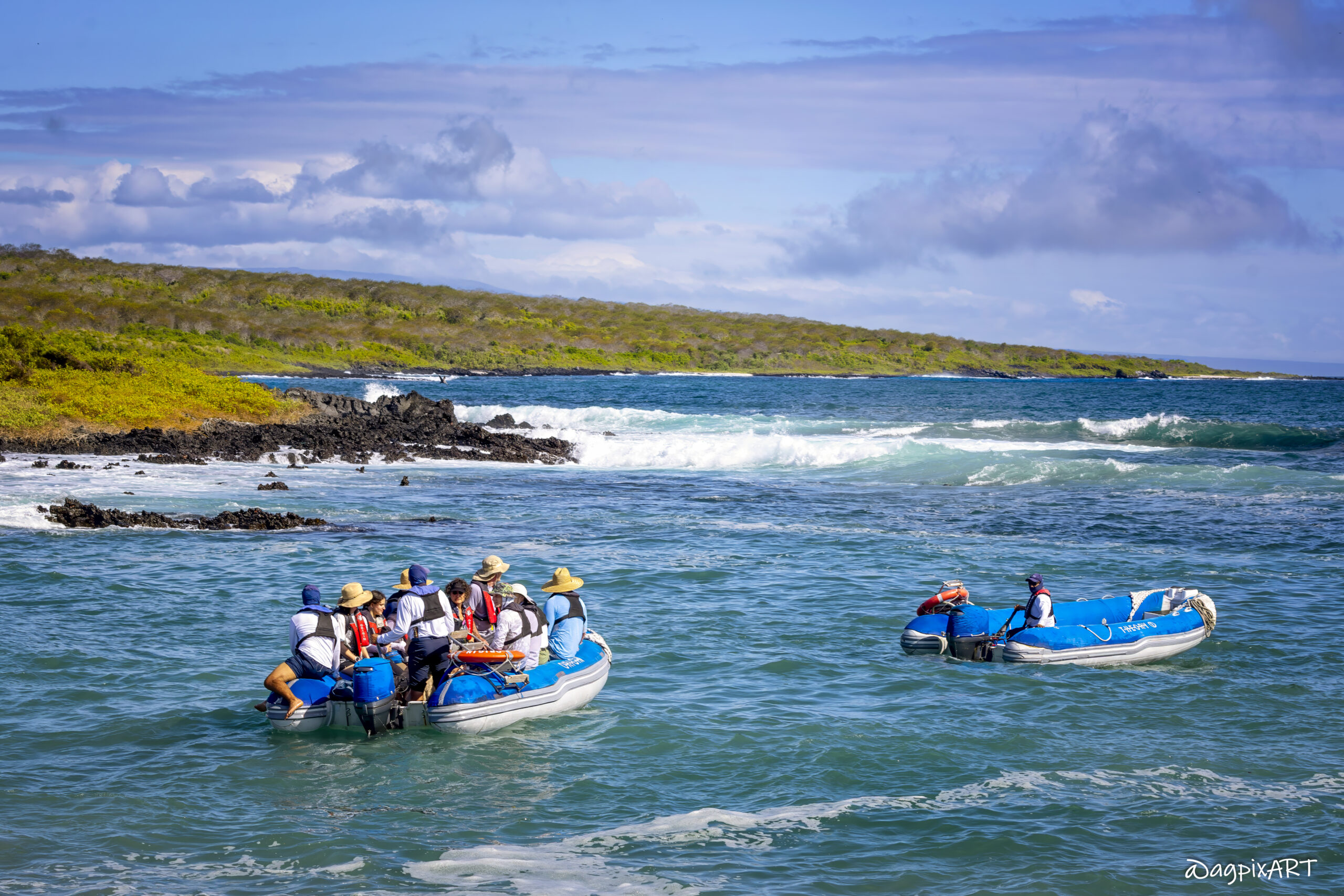
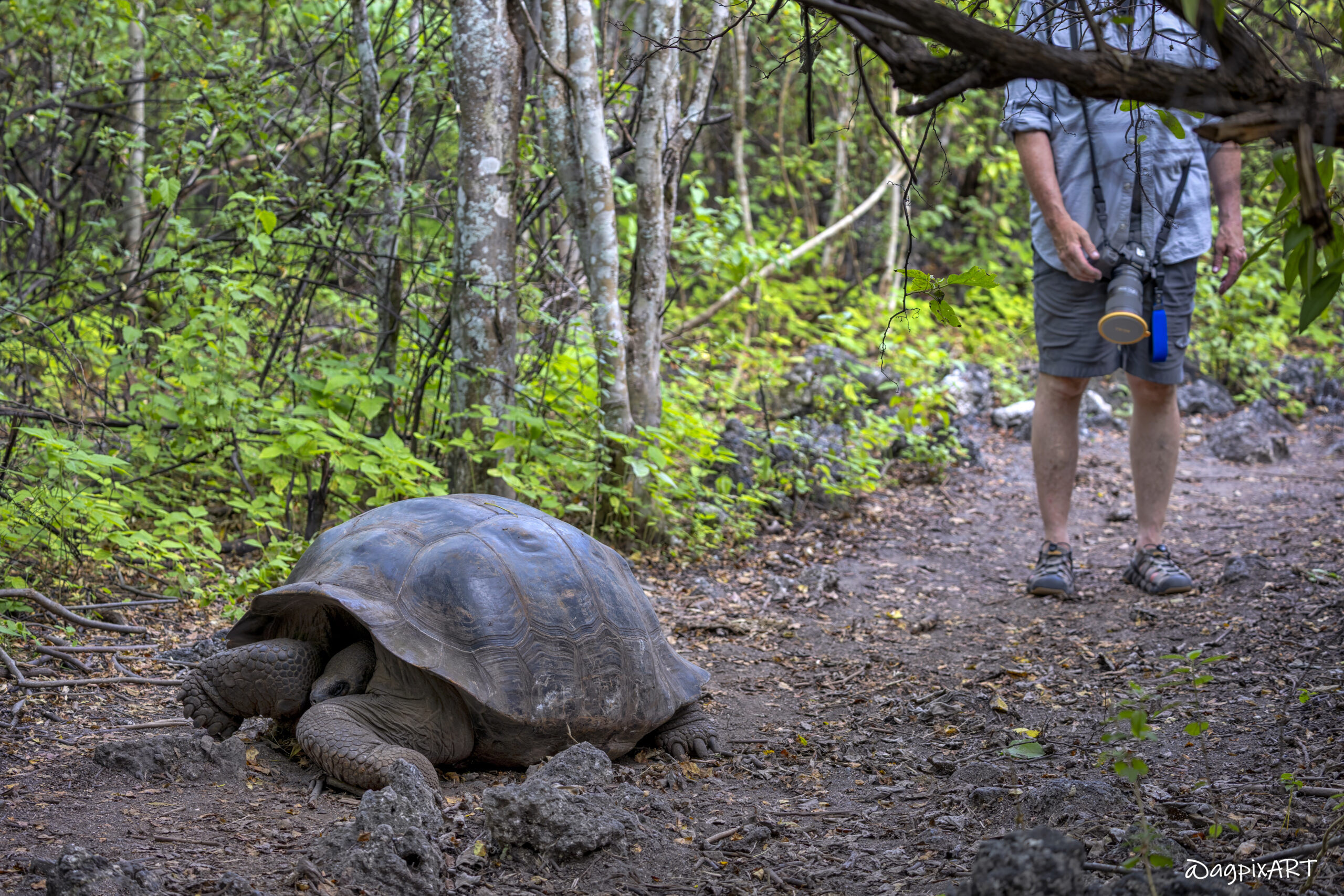
What-to-See
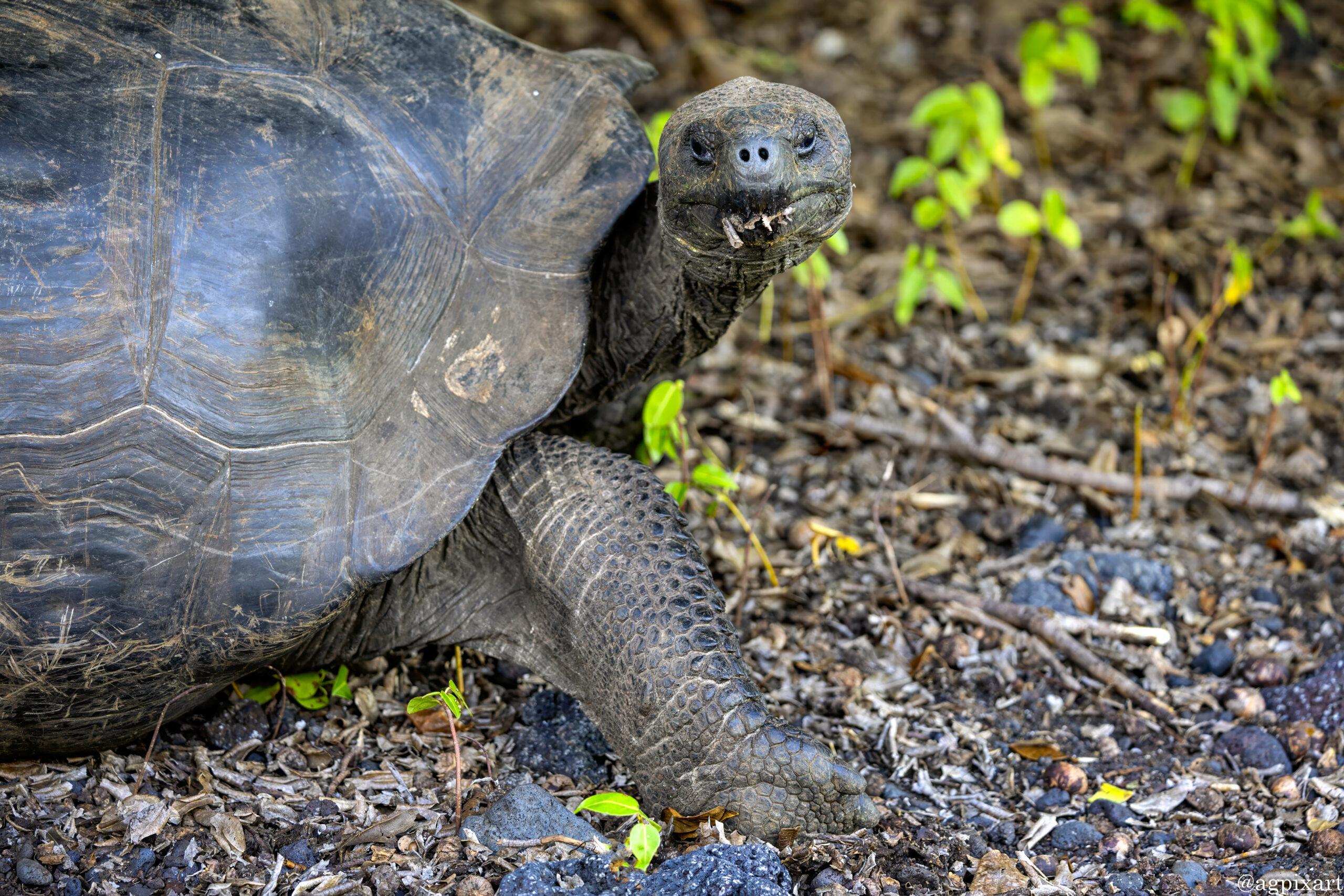
Giant Tortoises
Galápagos Giant Tortoises (Chelonoidis nigra) are a highlight at Urbina Bay, where they’re often seen feeding, resting, or nesting. Urbina Bay is also a key habitat for the Alcedo Volcano subspecies (Chelonoidis vandenburghi), one of the 10–15 surviving Galápagos tortoise species. They roam the flat, vegetated areas near the coast, drawn to the lush grasses and endemic plants like the thin-leaved Darwin’s shrub. These tortoises can weigh up to 400 pounds and live over 100 years. The Alcedo tortoises have a dome-shaped shell, suited for the humid, vegetated highlands, though they venture to Urbina’s lowlands. Visitors must stay 2 meters (6 feet) from tortoises to avoid stress.
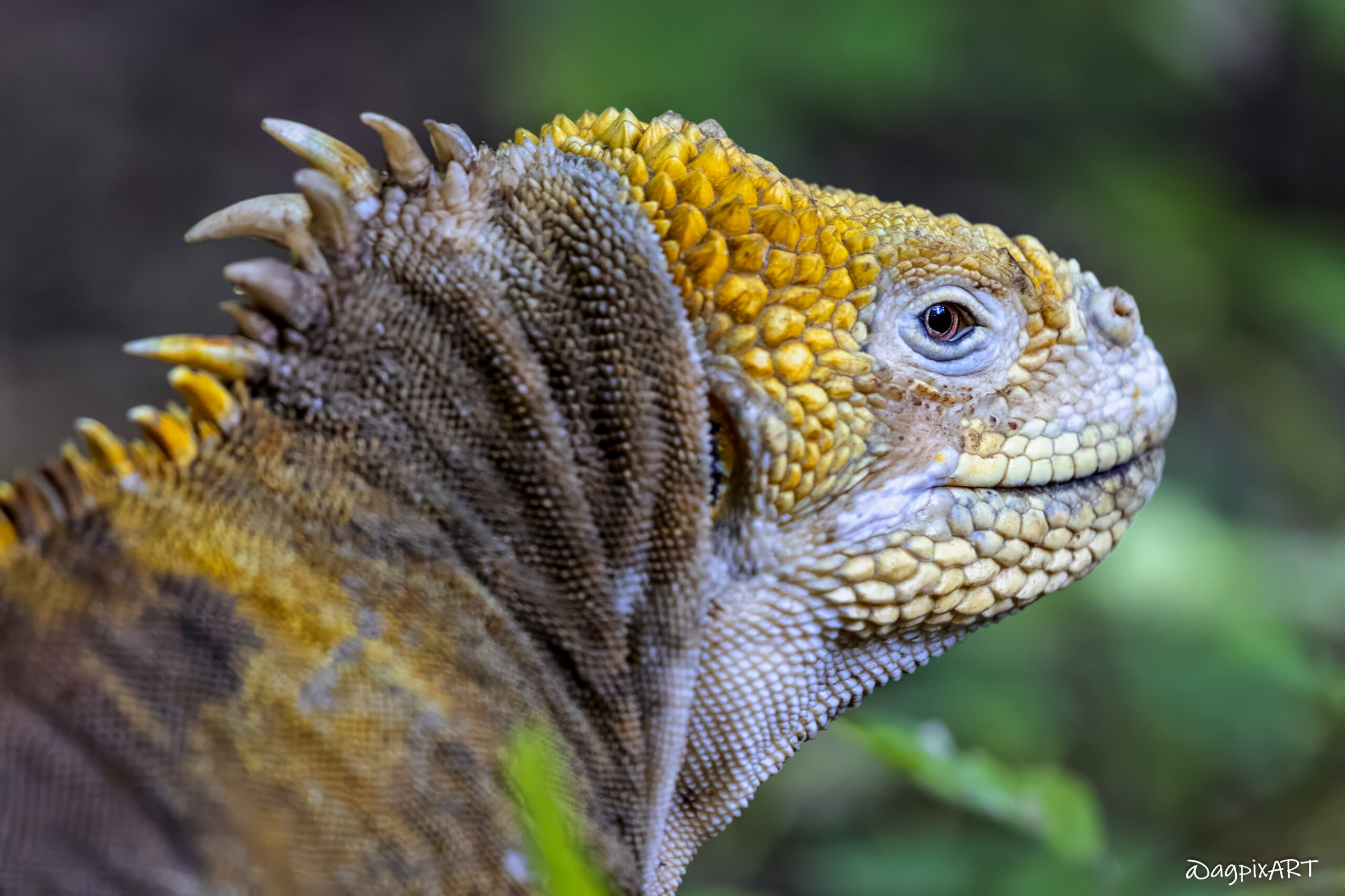
Galápagos Land Iguanas
Land iguanas (Conolophus species) are iconic reptiles known for their prehistoric, dragon-like scaly, spiky appearance and yellow-orange hues. Males, especially during mating season (June to August), turn vibrant yellow or reddish, a striking sight against the dull terrain. They can grow up to 3–4 feet (1–1.2 meters) long and weigh up to 25 pounds (11 kg), with males being larger and more territorial, often head-bobbing to assert dominance. They are ectothermic, soaking up the sun on rocks to regulate body temperature, especially in the morning. Iguanas often lounge directly on the hiking paths, seemingly unbothered by passersby, asserting their dominance over the trail.
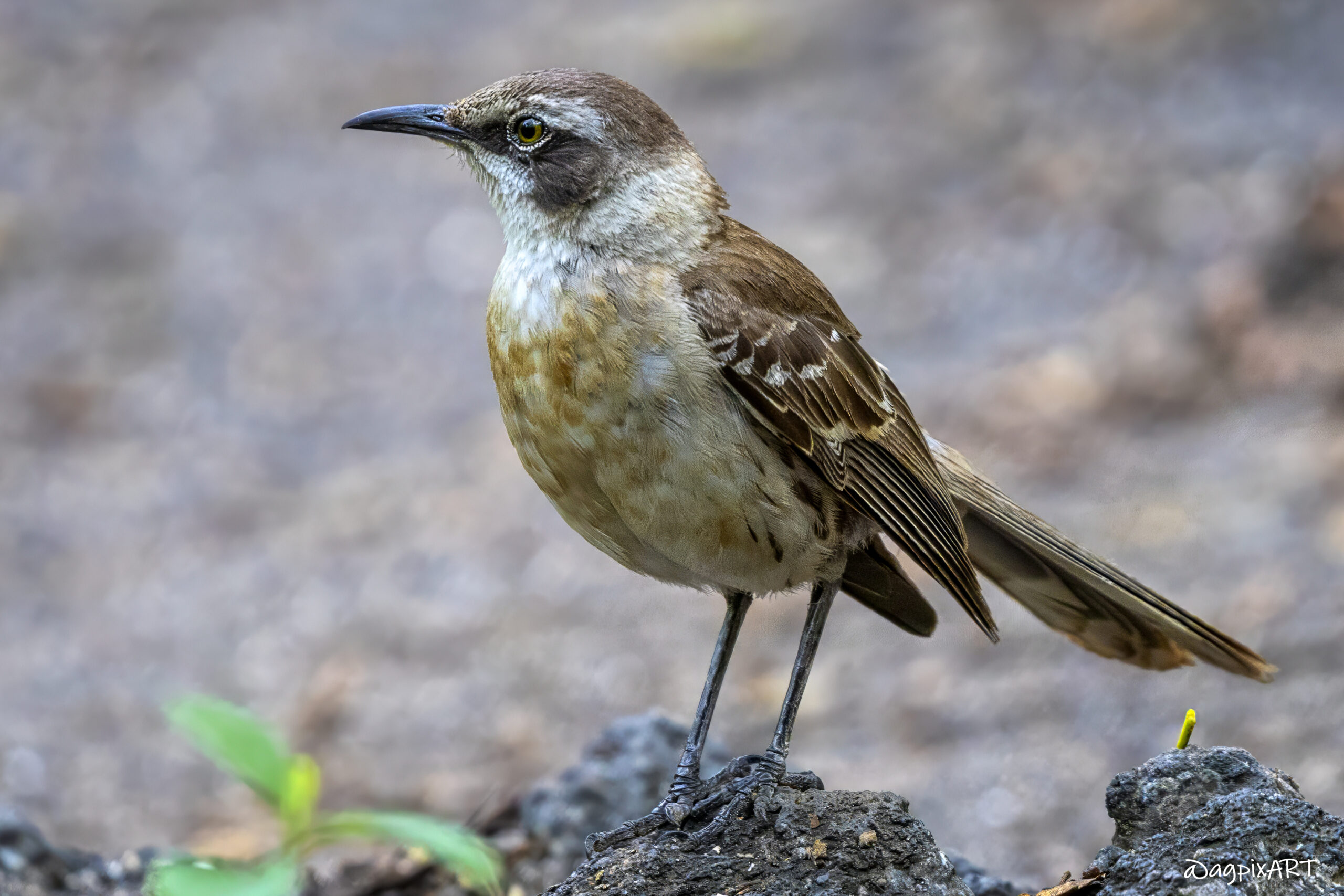
Galápagos Mockingbirds
Galápagos Mockingbird (Mimus bauri) is one of four endemic mockingbird species inhabiting the islands. It is a small, grayish-brown bird known for its curious behavior and complex vocalizations, often mimicking other species. Their strong wings allow agile maneuvers to chase insects or evade predators like short-eared owls. Unlike most birds, mockingbirds often live in cooperative family groups where younger siblings help raise new chicks, a rare social behavior that boosts survival in their harsh environment. They build simple twig nests in cacti or low shrubs, often reusing them across seasons, and both parents share incubation duties for about 12–14 days.
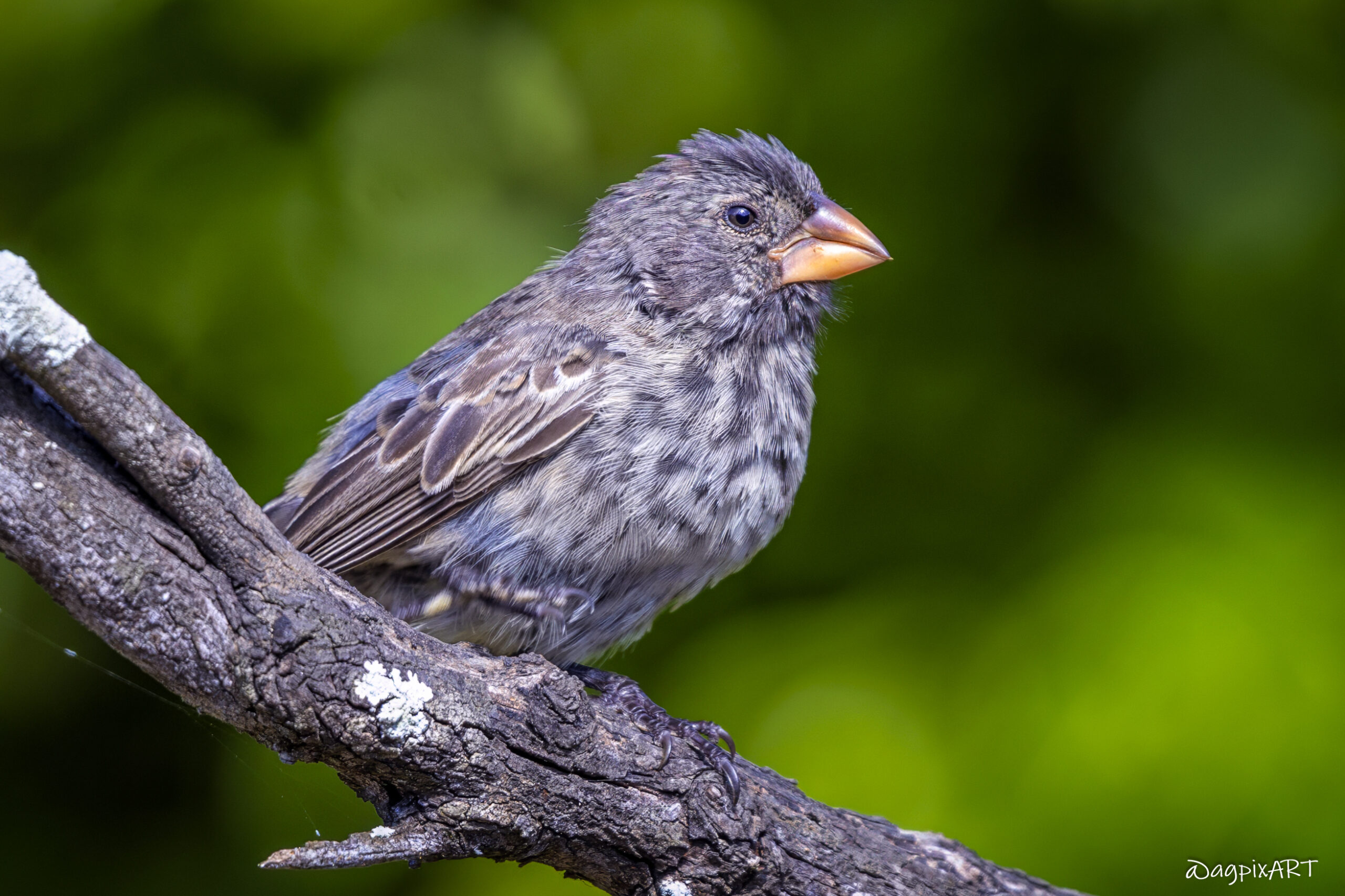
Darwin’s Finches
These small birds, belonging to the tanager family, are known for their role in Charles Darwin’s theory of evolution. Several species of Darwin’s Finches can be spotted at Urbina Bay, with the Small Ground Finch (Geospiza fuliginosa), Medium Ground Finch (Geospiza fortis), and Common Cactus Finch (Geospiza scandens) being the most likely. Each varies slightly in beak size and shape, adapted to different food sources —small and pointed for insect-eaters, stout for seed-crackers—are key to identification. These finches are small (10–14 cm/4–5.5 inches), typically drab with grayish, brown, or blackish plumage. Males may have darker markings, especially during breeding season.
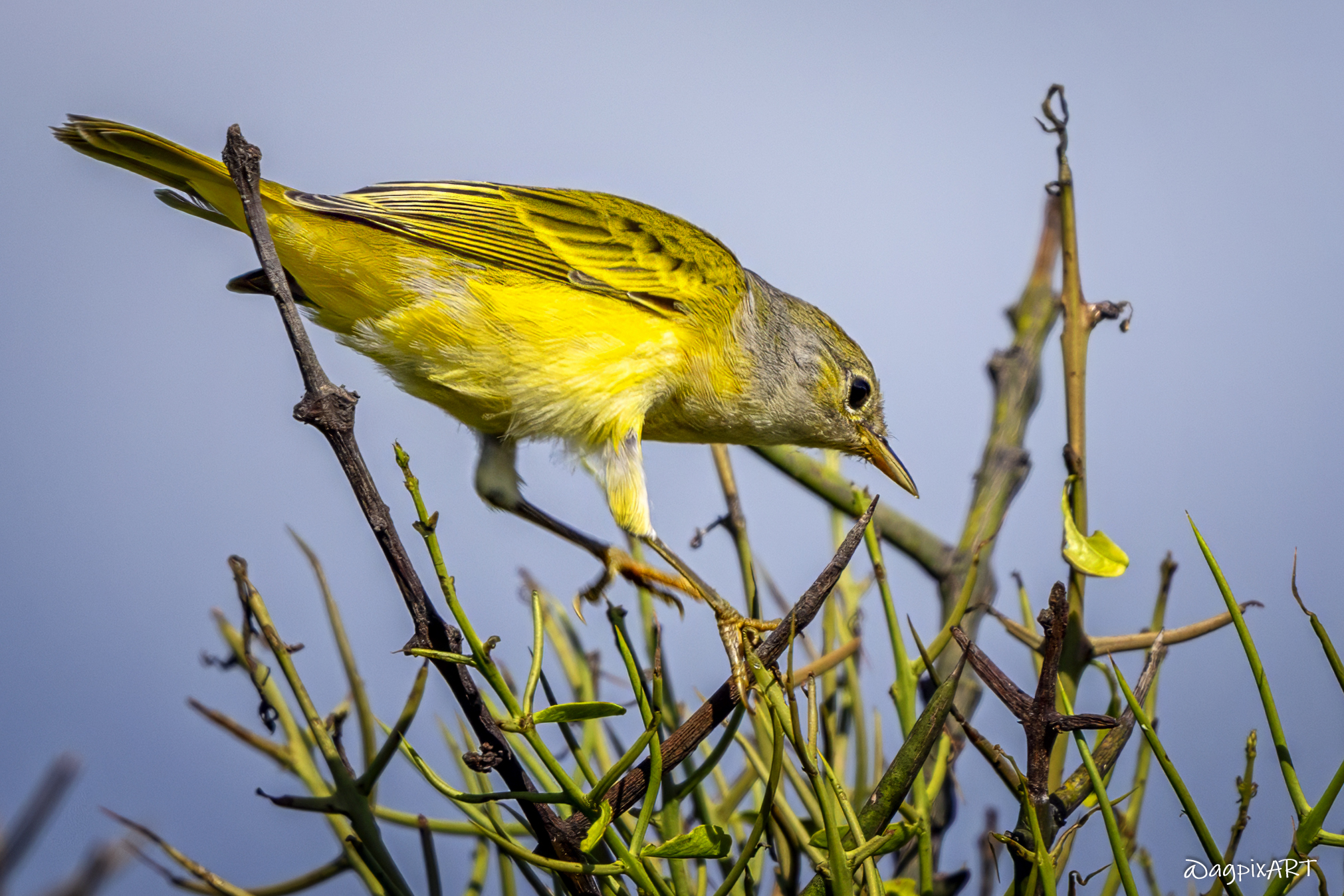
Yellow Warblers
The Yellow Warbler (Setophaga petechia), known locally in the Galápagos as the Galápagos Yellow Warbler or pájaro brujo (witch bird), is a vibrant common bird. They are small (about 12–13 cm/4.7–5.1 inches long) with bright yellow plumage across their body, sometimes with faint olive-green streaks on the back. Males may have subtle reddish streaks on the chest during breeding season, while females and juveniles are slightly duller. Their slender beaks are adapted for catching insects. Yellow Warblers often share space with Darwin’s Finches, and you might see them foraging near giant tortoises or land iguanas, taking advantage of insects stirred up by the larger animals’ movements.
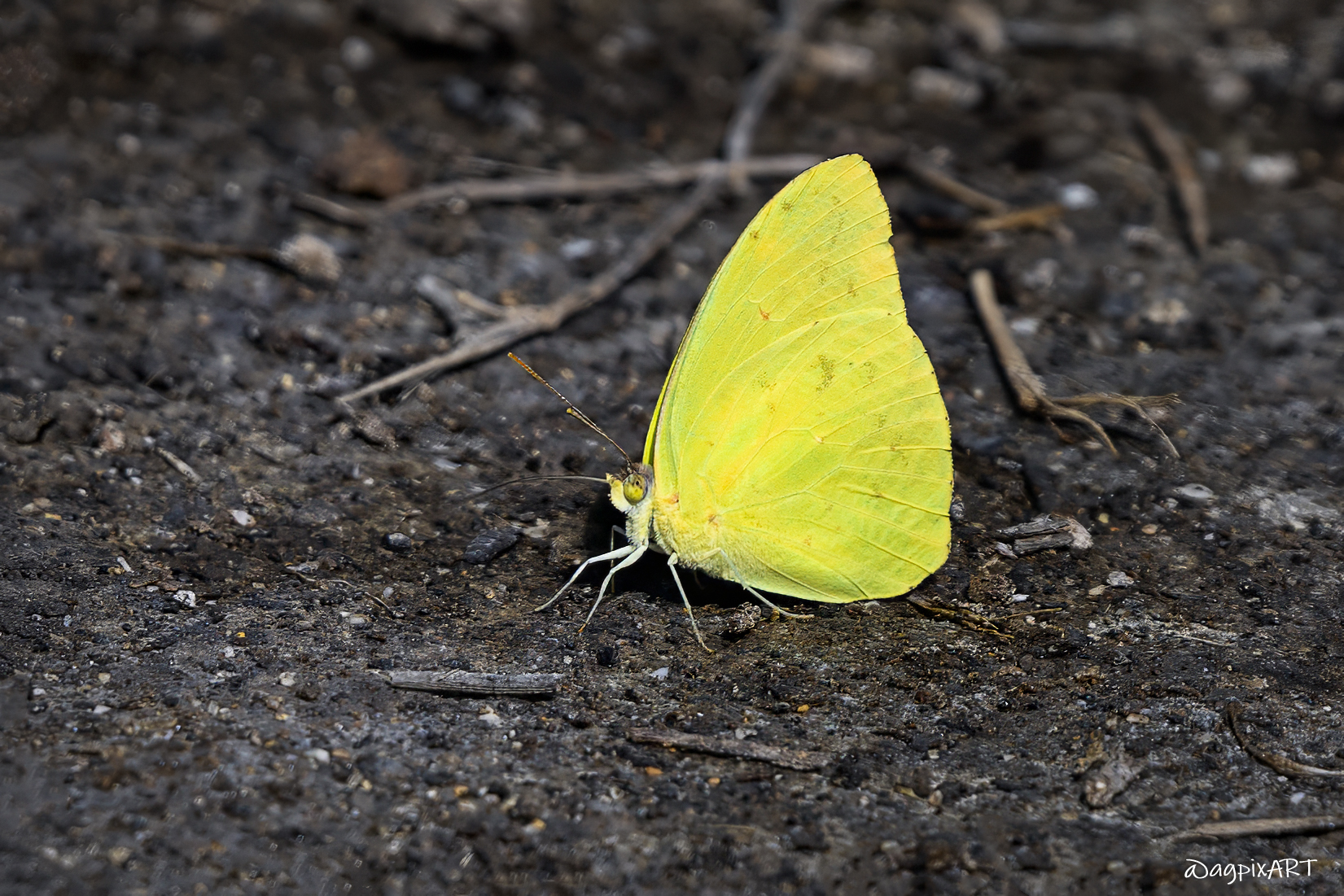
Galapagos Sulphur Butterflies
TheSulphur Butterfly (Phoebis sennae marcellina) is an endemic subspecies of the Cloudless Sulphur Butterfly identified by its vibrant yellow color. They exhibit a remarkable adaptability to various environments. They breed year-round in the Galápagos’ warm climate, laying single, white-to-orange eggs on host plants like Senna species or partridge peas (Chamaecrista).
Caterpillars are yellow to greenish with black dots and stripes, turning yellow if feeding on yellow flowers. They feed on Senna and other legumes, which are toxic, deterring predators. As pollinators, they support Urbina Bay’s flora, including endemic plants.

Sally Lightfoots Crabs
Sally Lightfoot Crabs (Grapsus grapsus) commonly scavenge on wave-washed lava. Large adults are vibrant red, orange, or blue with a pale white or blue underbelly, standing out against black lava rocks. Juveniles are dark brown or black with red spots for camouflage to avoid predation. They have five pairs of legs, with front claws (chelae) for grasping food. Their broad, flat legs allow agile movement, often described as “spider-like.” These crabs are opportunistic omnivores, feeding on red and green algae, dead fish, bird droppings, sea lion placenta, baby sea turtles, and even other crabs. Known for their incredible agility, they run in four directions, leap, and climb vertical slopes, making them nearly impossible to catch.
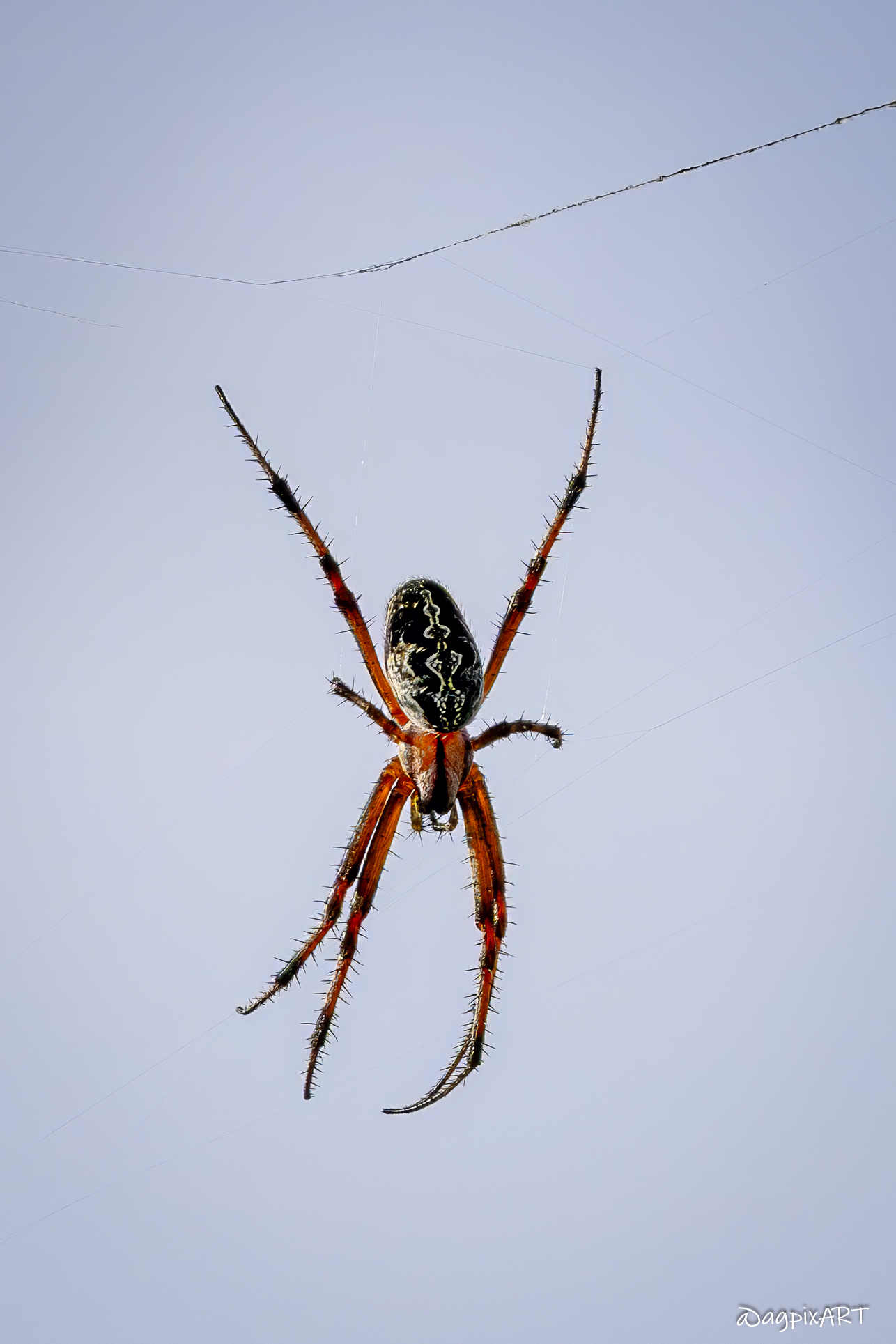
Zig-zag Spider
The Neoscona cooksoni spider is an orb-weaver spider in the Araneidae family and a species endemic to the archipelago. It has legs that are typically reddish-brown to black with yellow or orange bands or markings. The legs often appear striped or mottled, with the brighter yellow or orange bands contrasting against the darker base color, especially near the joints. This coloration complements the spider’s black-and-yellow abdomen. Females are 9–18 mm in body length, with males smaller at 6–13 mm. Their legs add significant length, making them appear larger in their webs.
Neoscona cooksoni may spin webs near giant tortoises or land iguanas, capitalizing on insects attracted to these animals.
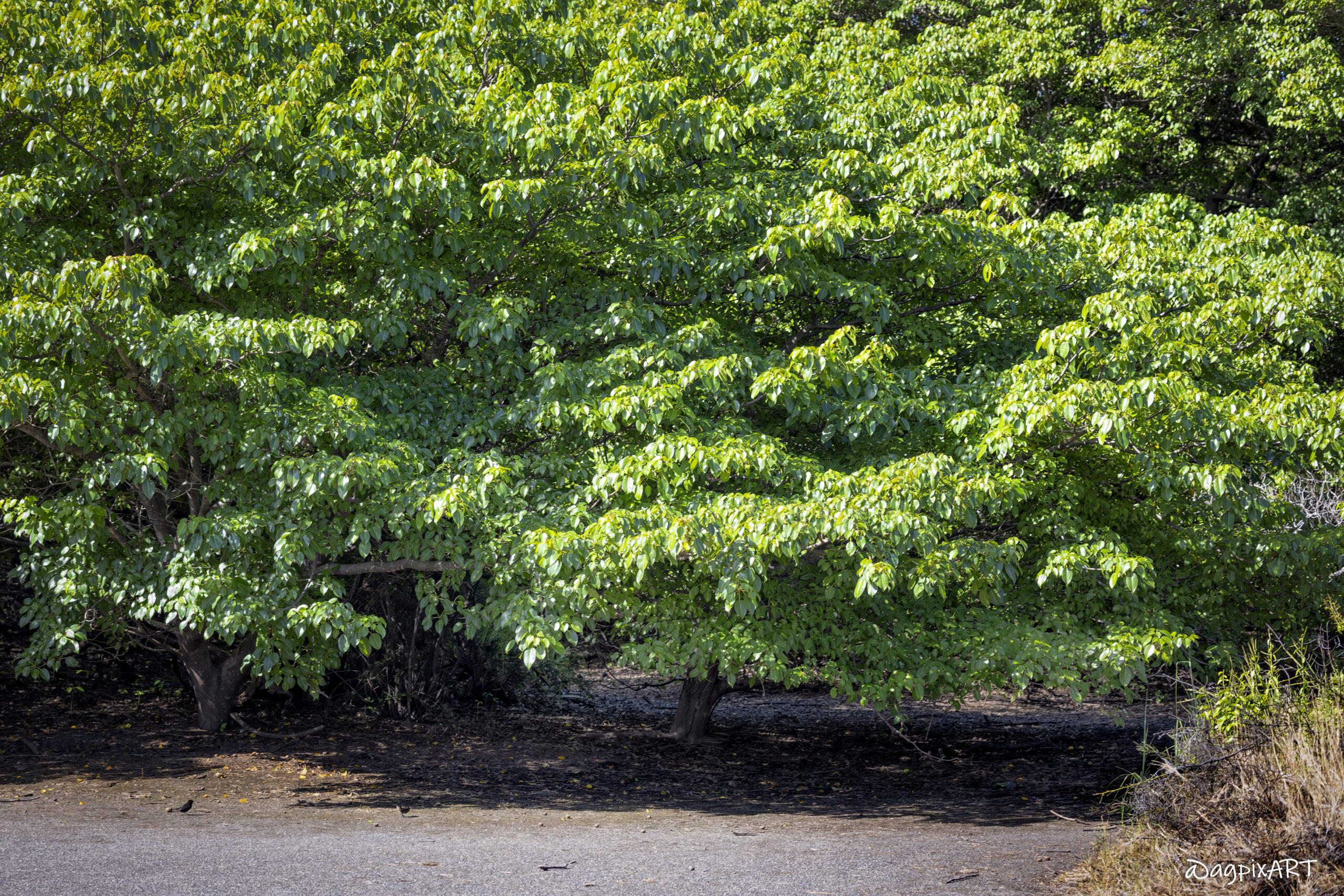
Toxic Manzanillo
The Manzanillo tree (Hippomane mancinella), often called the “poison apple tree” or “tree of death”, grows up to 10 meters tall with a rounded crown. It has shiny, ovate to elliptic green leaves (3–7 cm long, 2–4.5 cm wide) with a thick cream midrib and slender petioles. Its fruit resembles small green apples. The tree’s sap, leaves, and fruit are extremely poisonous, causing severe dermatitis or burns on human skin upon contact. The fruit, known as “manzanilla de la muerte” (little apple of death), is fatal if ingested by humans and most animals. However, Giant Tortoises can eat the fruit without harm, likely due to their unique digestive adaptations. Their toxicity deters most other animals, reducing competition.
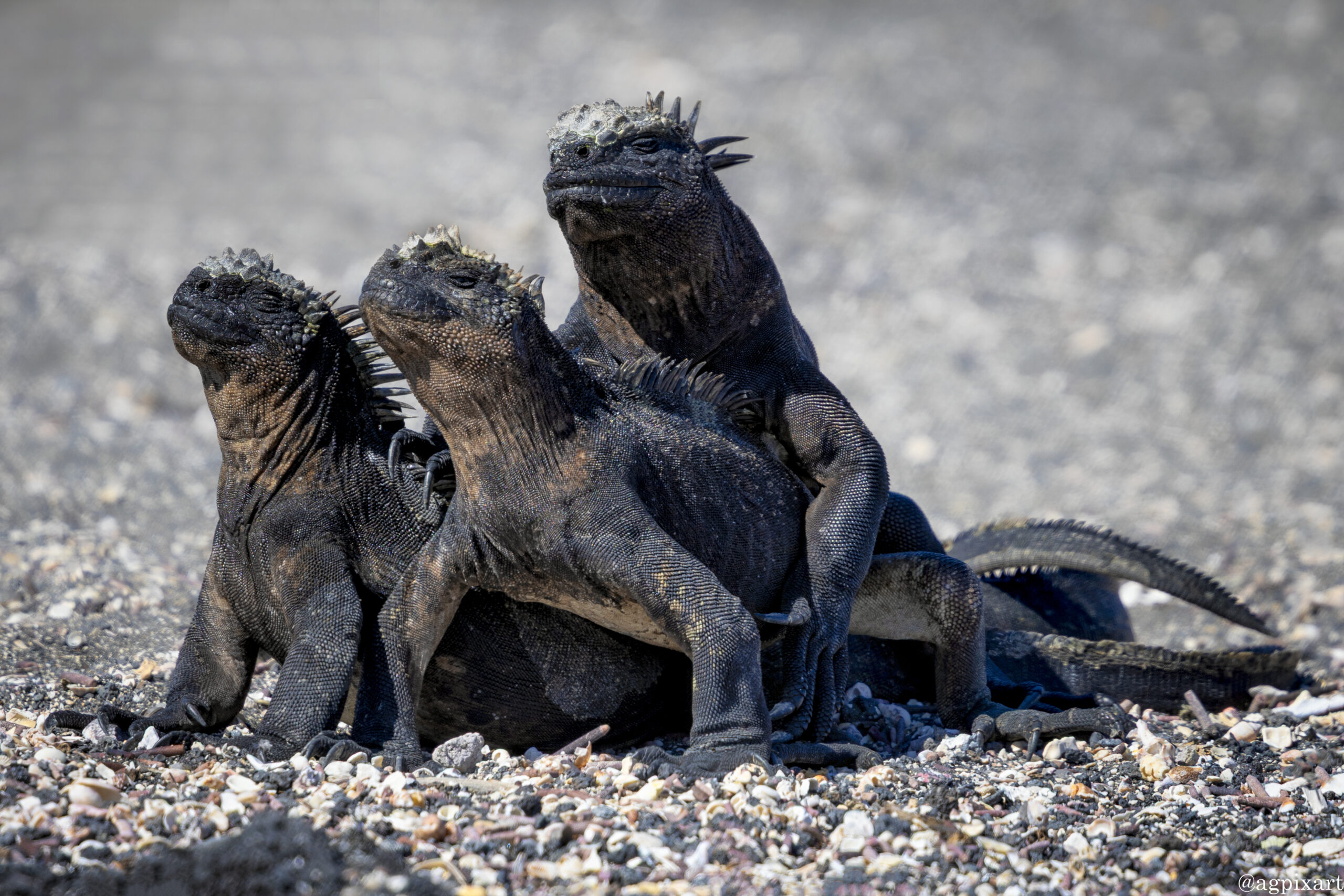
Galápagos Flycatcher
Galápagos Flycatcher (Myiarchus magnirostris) are small birds (about 15 cm/6 inches long) with grayish-brown upperparts, a slightly paler gray throat, and a faint yellowish wash on the belly. They have a distinctive crest and a large, broad bill, giving them a bold look despite their muted colors. they frequent the arid coastal zones and scrubby vegetation along the 3.2 km trail, perching on low branches or shrubs like the thin-leaved Darwin’s shrub. They prefer open areas for hunting insects. They are active hunters, making short, acrobatic flights to catch insects in mid-air before returning to their perch.
Instructions for photo proofing and comments:
Left-click on the photo to access options for title information (i), leave comment, or mark the photo(s) as the favorite. The option to submit the selected as favorite photos is under “Submit proofs” button under photo gallery.
